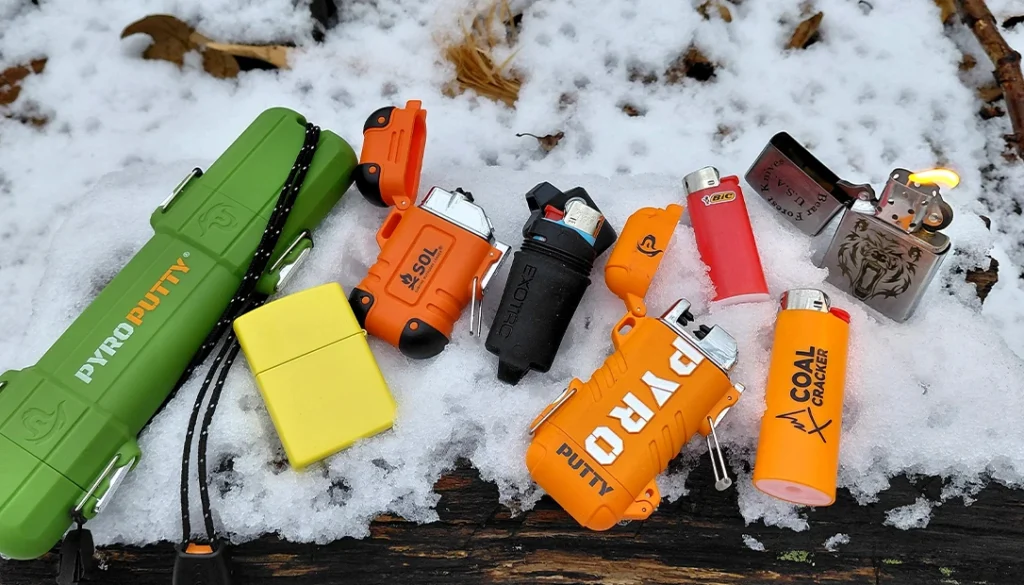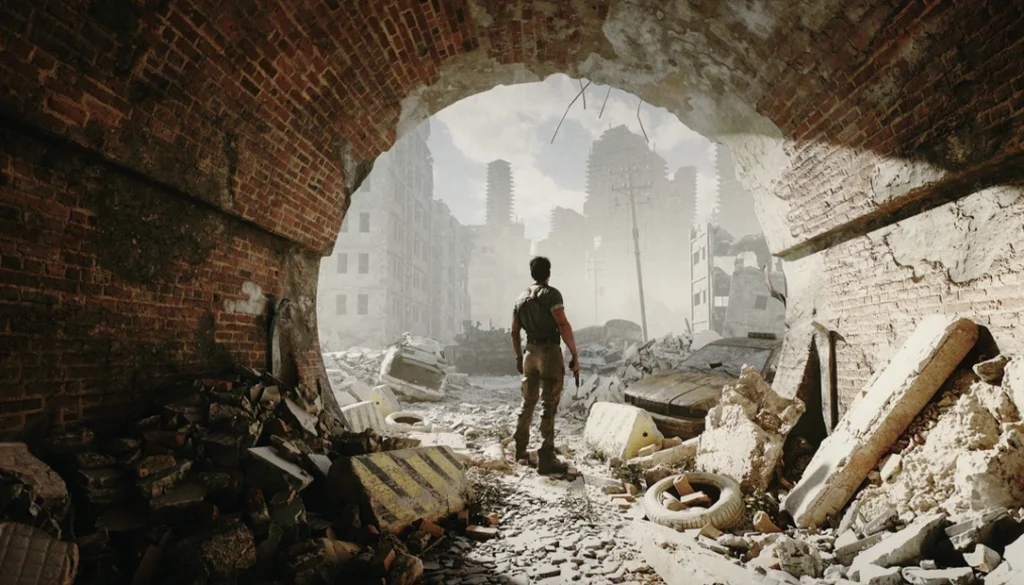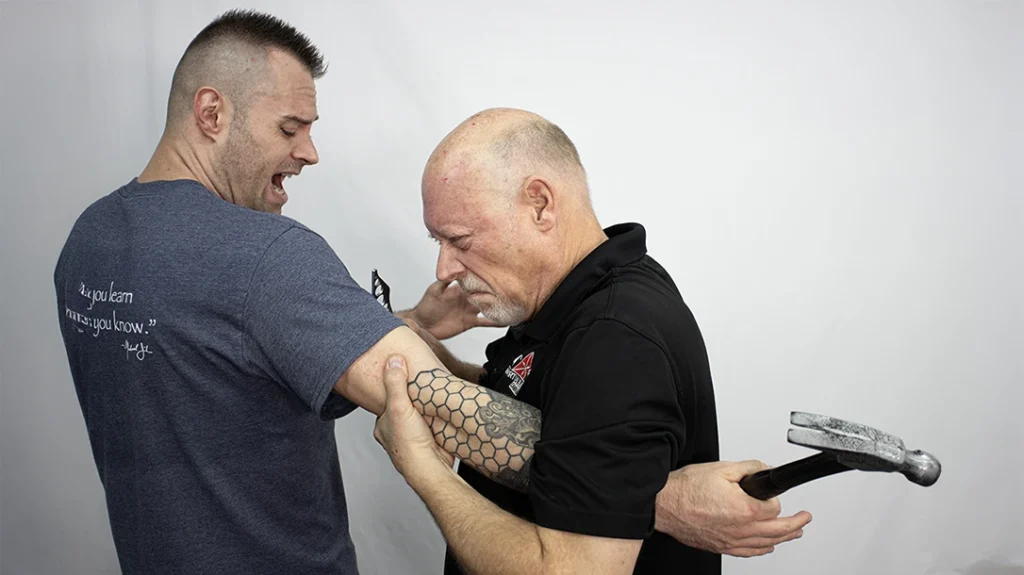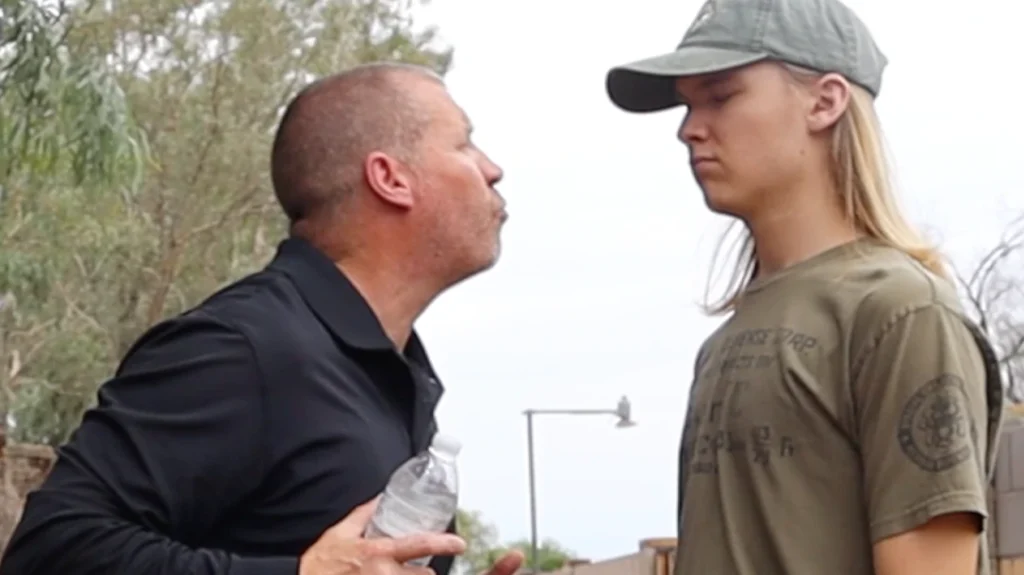“Be aware of your surroundings” is a generic phrase often mentioned when discussing personal self-defense. It is good advice, without a doubt, but it’s also quite vague as a form of guidance, and in reality, it’s just the tip of the iceberg of what you truly need to know. Just being alert when traveling throughout your day or when squeezed like sardines in a can at a concert venue or crowded nightclub is just the first stage of applying practical situational awareness.
Situational awareness is a multi-stage process that involves aspects such as observing your surroundings, assessing possible dangers, and making logical decisions that allow you to get to safety…wherever that may be based upon your real-time scenario. This may seem complex now, but after reviewing the info below, you’ll quickly notice the red flags around you and react rapidly to eliminate yourself as a possible victim.

Advertisement — Continue Reading Below
Simple, Yet Complex
The simple definition of situational awareness is understanding what is going on around you. When we dig deeper, the definition can be expanded to understanding your surrounding environment and all its elements, the changes that occur there, and how it may change based upon specific time periods or when other factors are introduced in the scene.
From the second, much longer definition, situational awareness can be further broken down into smaller categories within each of the topics above. Threat detection, decision-making, avoidance factors, pre-threat detection, and emotional responses all fall under the umbrella of situational awareness. But don’t worry, all will be explained to you, and before you know it, you’ll be a natural at assessing possible dangers throughout your everyday travels.
Your Best Defense
Being observant can go a long way. Many times, especially in today’s society, people are distracted due to the use of cellphones, headphones, or trying to multitask while on the go. If these “conveniences” of today are put aside, the likelihood of trouble coming your way greatly diminishes. First, the observant person can spot possible pre-attack situations.
Advertisement — Continue Reading Below
Noting a bottleneck in your path, a confined area in a bad part of town, or a stairway with only one way in or out can all lead to ambushes or surprise attacks. Avoiding these areas can prevent a physical confrontation before it even happens. Additionally, by being alert, you can make logical and informed decisions by considering all surrounding factors. Being caught off guard because your attention was elsewhere can lead to poor decision-making and ultimately, theft, injury, or worse for you.
For example, if you are observant and mindful and are funneled through a crowded walkway, you can secure your valuables and note anyone getting too close. If you’re distracted, you run the risk of getting pickpocketed, followed, or attacked if they feel you have something they want.
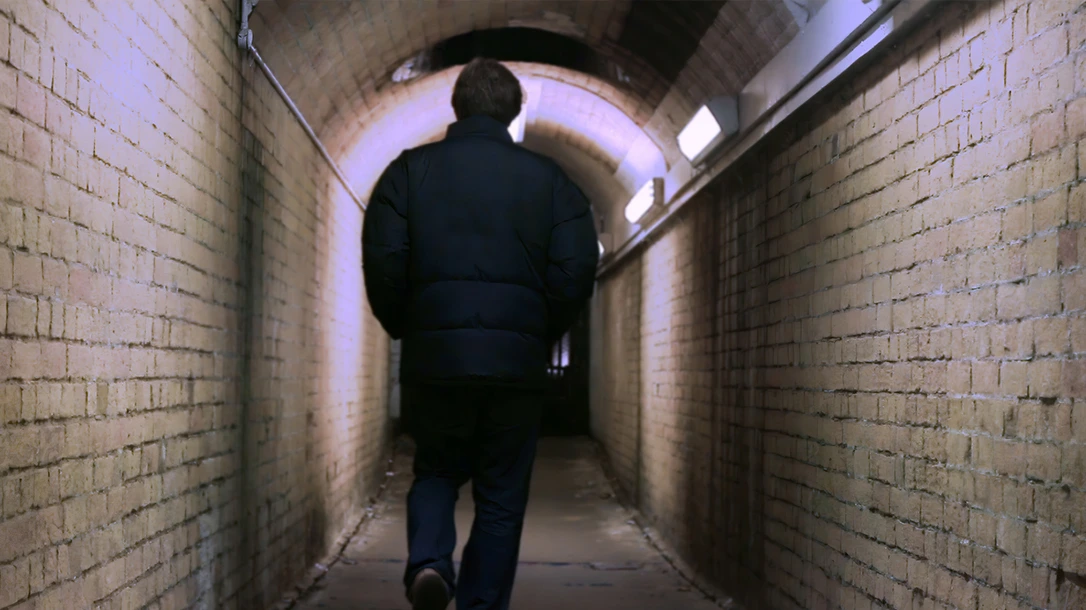
Advertisement — Continue Reading Below
Keys to Situational Awareness
As mentioned above, freeing yourself from distractions is at the top of the list if you’re going to be in tune with your environment. It’s not as easy as it sounds, however, due to numerous ingrained habits that most people do daily. Just scanning the news on your phone as you walk down the sidewalk is enough to miss vital red flags around you.
An earbud in your ear may seem like an efficient way to communicate or receive valuable information, but truthfully, all it does is take you out of the moment, and that could be disastrous for you. You must stay in the present and focused, or you’ll miss seemingly simple signs of trouble about to go down. Another helpful tip is to use all your senses, not just your eyes, to interpret what’s happening around you.
Don’t underestimate your ears and nose, as they provide supplementary information that helps create an overall picture of what’s happening around you. You should also practice maintaining a calm mindset throughout your everyday life to help train yourself for when a real-life emergency may occur.
Advertisement — Continue Reading Below
This isn’t easy, but when a stress-filled situation arises throughout your day, taking a few deep breaths and keeping panic in check will become natural and emulated when situations really get bad. Finally, never let your guard down. Even in relatively “safe” locations, you should be in “automatic” mode when it comes to awareness. This type of practice in places not posing a danger will help with your sharpness, reactiveness, and effectiveness when you truly need it.
The Norm Versus Unusual
Once you’ve become proficient with the fundamentals of situational awareness, those skills can help to determine what is regular activity and what is out of the ordinary for your specific location. Now, non-typical behaviors or events don’t necessarily equate to trouble or danger specifically for you; it should trigger you to become vigilant and alert to the situation and transition you into reaction mode.
For example, if a small group of people are pacing nervously in an office building’s lobby, not outwardly wearing business-appropriate clothing, you should take notice and monitor the situation. Yes, it could be nothing, but erring on the side of caution is always the best approach.
Advertisement — Continue Reading Below

Your Reaction
Just as situations around you vary, so should your reactions when experiencing various types of threat levels. These reactions can range from simply moving yourself away from possible trouble (even if it’s just a few feet or so), all the way up to fleeing the scene rapidly and calling the proper authorities.
From a self-defense standpoint, the most basic of reactions would be to avoid a potentially dangerous route, location, or interaction with another person. In this case, identifying that a problem could possibly happen may be all you need to avoid the conflict altogether. In reality, this is the ideal scenario for you throughout your daily life. However, there are times when no matter what you do to avoid a threat, it can still come your way.
Advertisement — Continue Reading Below
When this occurs, your awareness skills should kick in, even for a closer, more personalized threat. Your rapid assessment of the attacker(s), routes of escape, danger to anyone with you, and ease of physically overcoming the threat, all need to be examined in the shortest time possible.
Perishable Skillsets
Although the seemingly layered and complex process of situational awareness may appear overwhelming at first, like anything else in life, it takes constant practice to perfect. The starting point should always be to focus on the basics. These include learning how to “shut off” any distractions you may usually indulge in, making mental notes of people, events, and changing conditions around you, and how to stay calm and think things through logically instead of going into “panic mode.”
As you practice these with steady repetition, soon you’ll get better and better until your natural defensive instincts take over at the first signs of trouble. Those not in the now may call it paranoia, but you know better. It’s you being attuned to your environment, and without a doubt, it will help keep you alive!
Advertisement — Continue Reading Below


